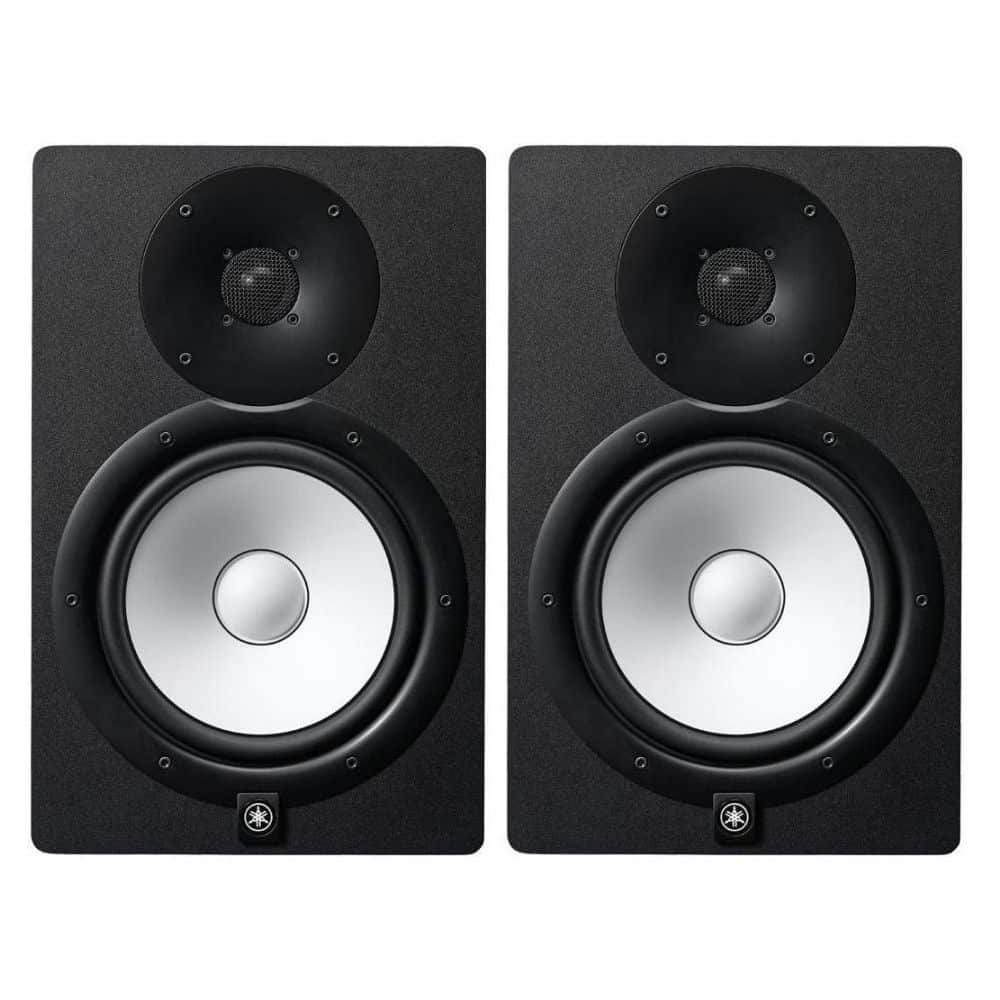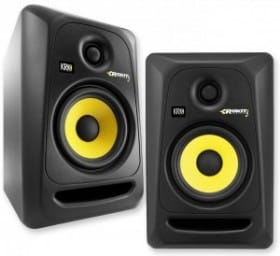Yamaha HS8: Studio Monitor
The Yamaha HS8 is a great piece of equipment for your professional studio: you can hear every single detail, good and bad, clearly. Music producers, enthusiasts, and sound engineers will tell you that the Yamaha NS10 was one of the most important speakers in pop music history. In the 90s, the NS10 was every record…
Read more


